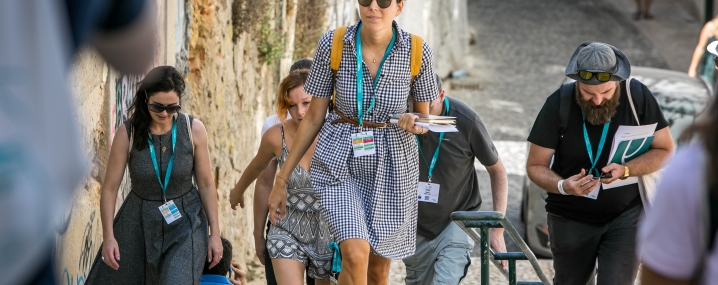Kristiansand
Kristiansand is a city, municipality and the county capital of Vest-Agder County in Southern Norway. Kristiansand is the fifth largest city in Norway and the municipality is the sixth largest in Norway, with a population of 85,681 as of 1 January 2014.
Young people are leaving the city centre (Kvadraturplanen) in favour of the suburbs– whilst the city centre has a population of 7,000, young people are significantly under represented, with 8.9% of the population being under the age of 19, as compared to 26% across the city as a whole. As the municipality aspires to double the population of the city centre over the next few years, it’s important for the city leaders to ensure the centre doesn’t become dominated by elderly residents, but develops as a sustainable, vibrant, liveable city;
A lack of third spaces for creative entrepreneurs in the city - There is a long tradition and a strong culture of entrepreneurship in the region, but there is no place for generation Y to test, develop and create creative SMEs in the city centre. There is no natural place for networking, collaboration, sharing and take part in the “city-buzz” for generation Y entrepreneurs. Kristiansand needs to create conditions to support the development of companies based on new business models in revitalized city centres. There is a shortage of cultural venues in the city centre and many of those that do exist are owned by older, more
affluent people and associations.
The need to stimulate more social action in the pursuit of the creative milieu – The municipality is finding it increasingly hard to stimulate Social Action, particularly amongst its young people, and it is becoming harder to build a bridge between cultural events and the public. This is undermining the cultural fabric in the city centre;
A ‘conservative’ entrepreneurial culture - The entrepreneurial culture is a little `traditional`, the attitudes towards younger entrepreneurs and in particular female entrepreneurs has to change. The region is also a little conservative in general perhaps not quite aligned with demands from generation-Y;
The attraction of more young people to the city – in addition to the forecast population growth in the heart of the city, the University of Adger campus is also forecast to undergo significant growth. At present 10,000 students attend the University, which delivers over 200 academic programmes;
Growth, and potential disconnection of the university campus from the city centre – the municipality has developed some high level plans and ideas about how to better connect the University Campus to the city centre more effectively, but these need further work;
Industrial transformation – The city is well known as a city which has done well from the growth in the oil, gas and shipping industries, but these sectors of the economy are experiencing significant structural change caused by the changing nature of these industries and the recent fall in oil prices;
Stimulation of tech talent is needed – Kristiansand has strong technology strengths. Ensuring local businesses have access to sufficient tech talent is still an issue. As Norway is one of the countries in the world with most connected devices, there is widespread recognition that more can be done to improve residents ICT competence.


